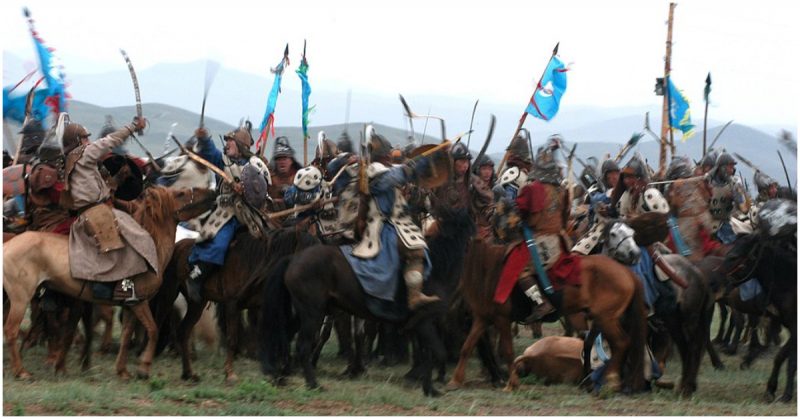The strategic genius of Genghis Khan is immortalized in history. The writings of Sun Tzu have established sound military principles that have transcended time and technology.
No other conqueror in history had used such strategies so far ahead of their time than Genghis Khan. He and his generals practiced and improved upon Sun Tzu’s ancient stratagems and, in course, reshaped civilization in Asia and Europe.
There are three principles outlined by the 6th-century BCE Chinese philosopher, Sun Tzu, which the Mongols exemplified with deadly precision.

Sun Tzu’s Rule of Armed Struggle
Sun Tzu states: “Act after having made assessments. The one who first knows the measures of far and near wins–this is the rule of armed struggle.”
Mongol scouts covered the landscape in every direction when a column was on the march. Their reconnaissance afforded vivid and current details of hundreds of square miles of the geography around them; the location and condition of fortified cities and towns; and most importantly, the location, size, and movement of the enemy army.
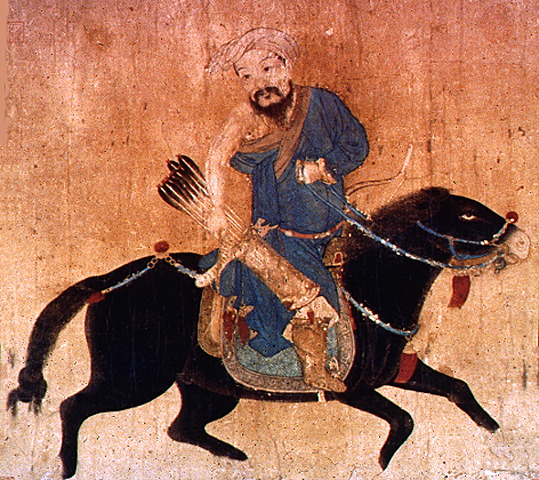
The scouts were well trained to observe important details of the enemy in the field or of a fortification’s defenses. They interchanged between three to five mounts in order to maintain speed and cover a great distance, transporting intelligence farther and faster than the enemy could dream possible.
The Khan and his generals could, therefore, make their assessments based on detailed and accurate information.

Sun Tzu’s Rule of Deception and Division
Sun Tzu states: “So a military force is established by deception, mobilized by gain, and adapted by division and combination.”
They deceived their enemy by hiding their true numbers. This they did by division and mobility. They took advantage of their reputation for barbarism and disguised their foundations of order, discipline, planning, and communication.
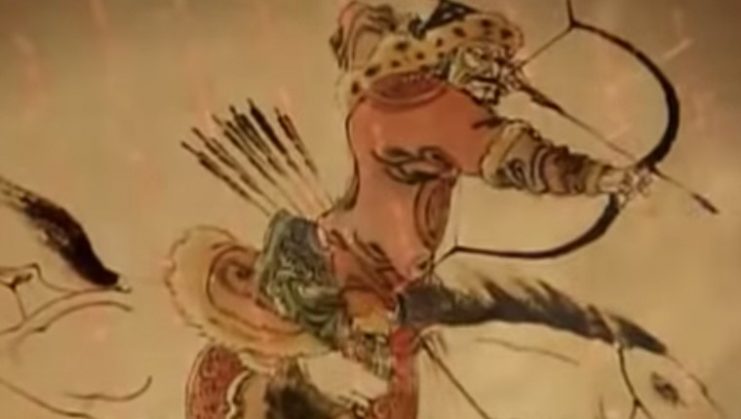
Genghis Khan would split his force into three to five independent columns during an invasion. Each commanding general had his specific objective but was allowed to operate with a substantial degree of independence. This independence was contingent on maintaining steady channels of communication between Mongol columns in the theater.
Defenders were often confounded by the apparent lack of cohesion the Mongol columns projected. Mongol generals swept across the land in different directions, often passing major fortifications and laying siege to towns and villages, eliminating smaller defensive garrisons. Their maneuvers thinned defenses and rendered their enemy’s superior numbers and strength impotent.
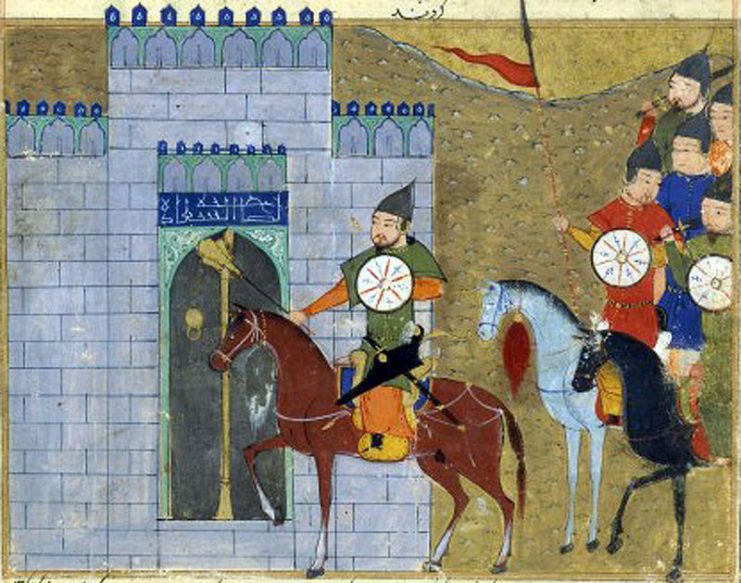
Once the defenders were on their heels, with their resources spread over points of engagement, the separate Mongol columns could converge and overpower an unsuspecting, fragmented, and demoralized enemy.
Genghis Khan’s motivation was not often based on gain alone. He made a point to eradicate the tribal custom of pillaging a camp or village before the battle had been decided. His men were forbidden from raiding until victory was clearly in their possession.
As Genghis had very little need for the gears of sedentary culture, gain for its own sake was not his end goal. Gaining security for the tribes of the steppe by dominating their enemies was, in part, the core of his motivation.

Four Strengths of the Mongol Army
Sun Tzu states: “Therefore when it moves swiftly it is like the wind, when it goes slowly it is like a forest; it is rapacious as fire, immovable as mountains.”
Not tainted by heavy cavalry or long supply lines, the Mongol army moved swiftly over great distances. The sudden arrival of the Mongol horde over the horizon was swifter than the wind.
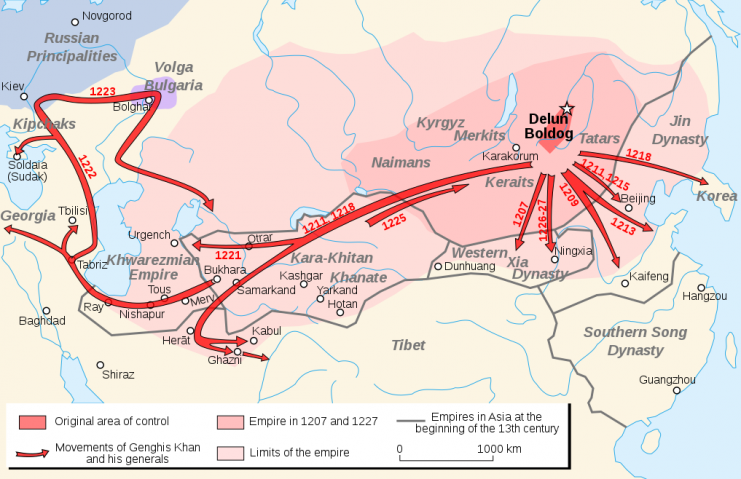
Genghis Khan’s regimented structure of the Mongol ranks empowered every soldier. Their precise movements, formations, and combat tactics on the field of battle harbored the impregnable strength of a dense forest.
Their ravenous invasions consumed countless lives across Asia. Entire populations were caught on fire in the cities, and villages were left smoldering behind advancing Mongol armies. Very few adversaries savored victory over the Mongols on the field of battle.
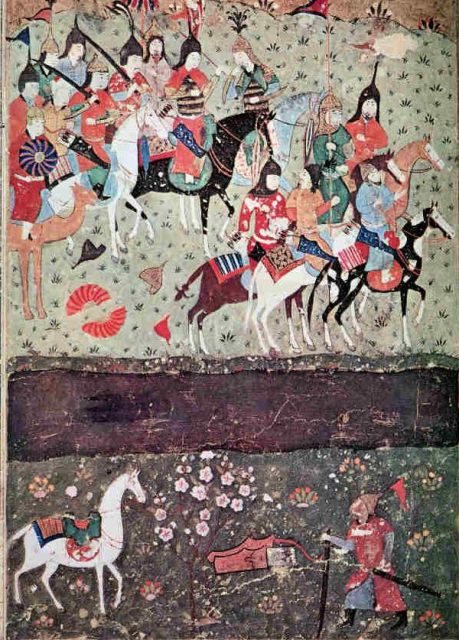
Read another story from us: Subatai – the Dog of War & The Mongol’s Most Accomplished General
If there was no advantage to engaging the enemy, the enemy found it very difficult to attack the Mongols. The mobility and nomadic structure of Mongol society allowed for them to remain out of reach.
To grasp and fix the Mongols was nearly impossible. They could disappear over an endless horizon, remaining eternally elusive from any aggressor. To force the Mongol army into a position of engagement was as difficult as moving a mountain.
